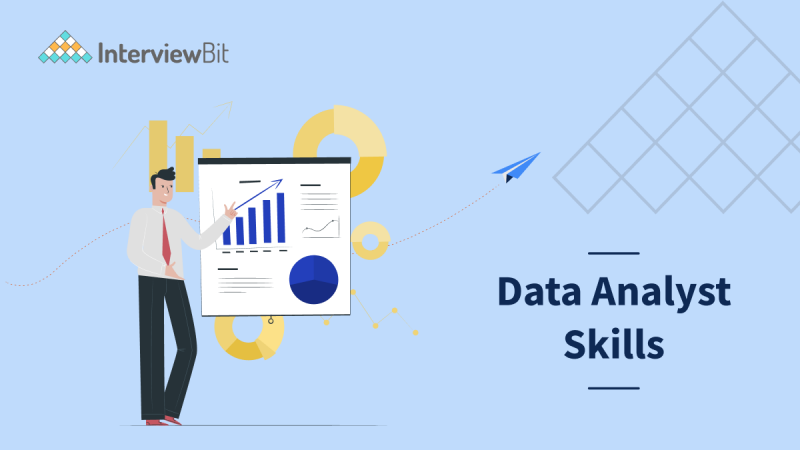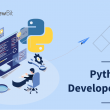- Introduction
- Who is a Data Analyst?
- Data Analyst Technical Skills
- Technical Coding Languages
- MATLAB
- R Programming
- Python
- Databases Knowledge
- Machine Learning and Artificial Intelligence
- Mathematical Knowledge
- Microsoft Excel
- Data Analyst Soft Skills
- Conclusion
- Frequently Asked Questions (FAQs)
- Additional Resources
Introduction
The process of analyzing, cleansing, manipulating, and modeling data with the objective of identifying usable information, informing conclusions, and assisting decision-making is known as data analysis. It is no exaggeration to argue that modern civilization is data-driven. Every day, humanity generates an amazing two and a half quintillion bytes of data on average — and it doesn’t appear that this measure will ever decrease. According to a recent analysis from the International Data Corporation (IDC), the global Big Data and business analytics market has been rapidly growing over the last several years, rising from $122 billion in global sales in 2015 to $189 billion in 2019 and anticipated to reach $274 billion in 2022.
With this quick growth comes a big opportunity to improve your data analytics skills, such as by participating in a data analytics boot camp tailored toward newcomers to the profession. Digital transformation has become a watchword in modern business, and skilled data analysts are in higher demand than ever. Almost every industry, from telecommunications to manufacturing, retail, banking, healthcare, and even fitness, has job openings.
However, a job in data analytics will not be rewarding unless you put in a lot of time and effort.
To succeed in their area, data analysts need a set of specific talents, which are mostly technical in nature; nevertheless, they also require a set of soft skills. There is no one-size-fits-all approach to acquiring these abilities. While many people choose master’s programs, an increasing number of people are opting for boot camps, which are appealing because of their low costs and short deadlines. However, regardless of which path you pursue, you will need to develop a strong set of skills in order to become a sought-after data analyst.
Confused about your next job?
Who is a Data Analyst?

A data analyst is a person who analyses data and reports findings using technical skills. These Data reports assist the recipient in better understanding a situation and are commonly used to inform key decisions and actions. Data reporting is frequently confused with data analysis since such activity generally entails extra analysis in order to provide particular suggestions. A data analyst might utilize SQL skills to collect data from a company database, then use programming abilities to analyze that data before reporting their findings to a larger audience on a normal day. The roles demands responsibilities such as:
- Data extraction from primary and secondary sources using automated tools
- Fixing code flaws and other issues, as well as removing corrupted data
- Creating and managing databases and data systems, as well as rearranging data into a usable format
- Analyzing data to determine its quality and meaning
- To discover and repair code errors, filter data by evaluating reports and performance indicators.
- Using statistical tools to find, analyze, and interpret patterns and trends in large data sets that can aid in diagnosis and prediction
- Giving critical business functions a numerical value so that business performance may be measured and compared across time.
- Analyzing local, national, and worldwide trends that have an impact on the company and its industry
- Preparing management reports that include trends, patterns, and predictions based on important data
- Identifying process improvement opportunities, proposing system upgrades, and developing data governance strategies with programmers, engineers, and management heads.
It’s rewarding to work with good pay. As a data analyst, you’ll gain skills that will help you advance to more sophisticated professions like a data scientist.
Data Analyst Technical Skills
To begin, it’s critical to comprehend what a data analyst works. At the risk of repeating myself, all data analysts are concerned with data. They employ technical tools to sift through vast amounts of unstructured data and derive actionable insights. Data analysts are frequently in charge of cleaning up corrupted data, establishing data quality, and preparing reports for their boss. As you can expect, all of these duties necessitate that data analysts have a well-developed toolkit of technical capabilities. Here are a few to pay attention to.
Visualization of Data
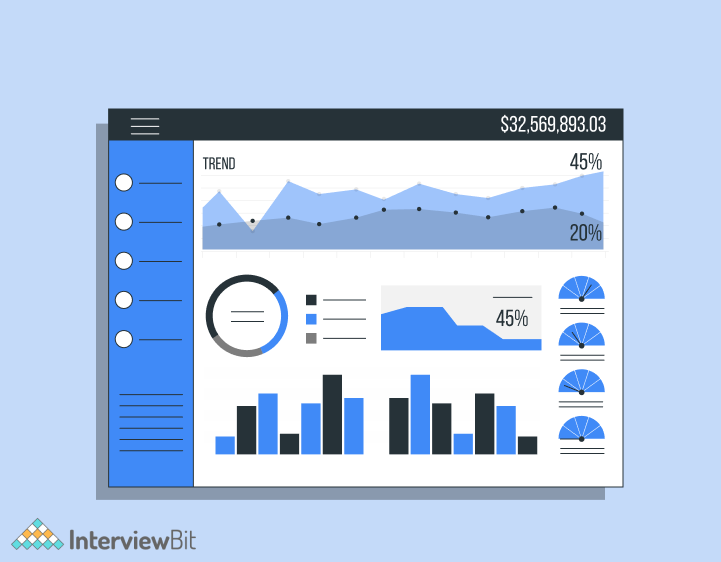
Data visualization, as the name implies, is the capacity to present data findings using graphics or other visuals. The goal is straightforward: It allows even those who aren’t skilled in data analysis to gain a better understanding of data-driven insights. Data analysts can use data visualization to assist business decision-makers (who may not have significant analytical knowledge) in identifying trends and comprehending complicated ideas at a glance. This functionality allows you, the data analyst, to obtain a deeper grasp of a firm’s position, communicate relevant findings to team leaders, and even influence company decision-making.
Data visualization may potentially enable you to achieve more than traditional data analysts have been able to. “Data visualization is going to revolutionize the way our analysts operate with data,” writes one SAS Insights blogger. They’ll be expected to respond to problems more quickly. They’ll also need to be able to delve deeper for fresh insights – to look at data in new ways, to think outside the box. Data visualization will encourage data exploration that is more innovative.”
Data visualization has already established itself as a necessary skill. “Recent grads are far more likely to master hard skills when they first enter the workforce,” according to a recent study done by LinkedIn Learning. And these hard talents revolve around data analysis and delivering stories based on data findings.” What was the most common skill mentioned by participants? Data visualization, as you may have imagined.
Cleaning of Data
Cleansing is an essential component of attaining success, as any Marie Kondo devotee will tell you – and data cleaning is no exception! It’s one of the most important processes in putting together a working machine learning model, and it takes up a major portion of any data analyst’s day. “While we frequently imagine data scientists spending the majority of their time experimenting with machine learning algorithms and models, the reality is slightly different,” writes an Analytical Trainer. “The majority of data scientists spend roughly 80% of their time cleansing data. Why? Because of a simple truism in machine learning: “Better data trumps fancier algorithms.”
Even simple algorithms can produce astonishing insights when used with a properly cleaned dataset. Unclean data, on the other hand, might form deceptive patterns and lead to incorrect conclusions. Data analyst qualifications, by necessity, necessitate good data cleaning skills.
Technical Coding Languages
MATLAB
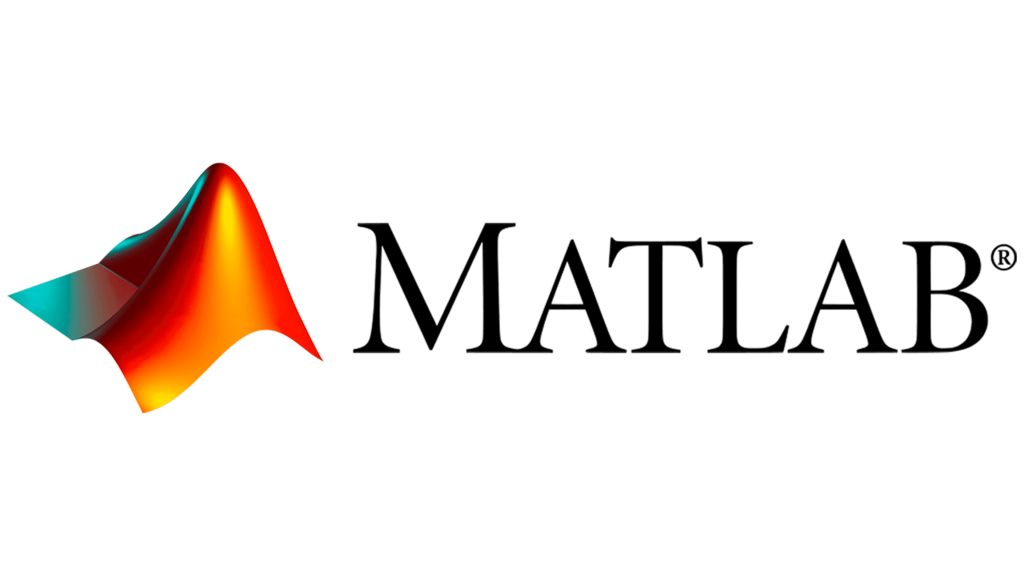
MATLAB is a programming language and multi-paradigm numerical computing environment that, among other things, allows you to implement algorithms, manipulate matrices, and plot data. Businesses interested in big data have started using MATLAB because it allows analysts to significantly reduce the amount of time they spend pre-processing data and allows for quick data cleaning, organizing, and visualization. MATLAB, for example, can run any machine learning model created in its environment on many platforms. Understanding MATLAB isn’t a needed skill for data analysts, but given its vast range of applications and use, having at least a working knowledge of the environment can help you stand out to companies.
R Programming

R is one of the most widely used programming languages in data analytics. R was voted fifth in a survey of the top ten programming languages used in 2019 by the Institute of Electrical and Electronics Engineers (IEEE) professional journal, Spectrum. R’s syntax and structure were designed to aid analytical work, and it comes with a number of built-in, simple data organizing commands by default. Businesses like the programming language because it can manage complex or enormous amounts of data. Learning R should be high on any aspiring data analyst’s priority list, given its popularity and functionality.
Python
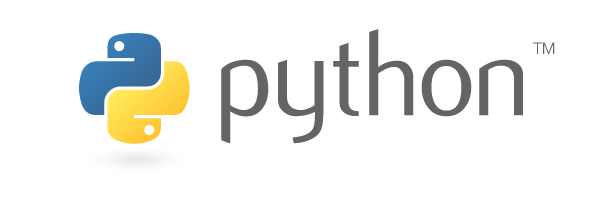
Python, on the other hand, should be the first choice for aspiring analysts. This high-level, general-purpose programming language took first place in IEEE’s Spectrum 2019 study for a reason: it has a staggering amount of specialized libraries, many of which are relevant to artificial intelligence (AI). Python’s suitability for AI development is especially noteworthy. According to Statista, the AI software market is expected to rise 154 percent year over year by the end of 2020, reaching an estimated value of $22.6 billion. In an increasingly AI-focused professional market, data analysts must have a working knowledge of Python. Python’s ancillary applications, such as Pandas (an open-source data analysis tool that works in tandem with Python’s programming language) and NumPy (a package that supports Python users with scientific computing tasks), should be investigated by those interested in expanding their Python knowledge.
Databases Knowledge
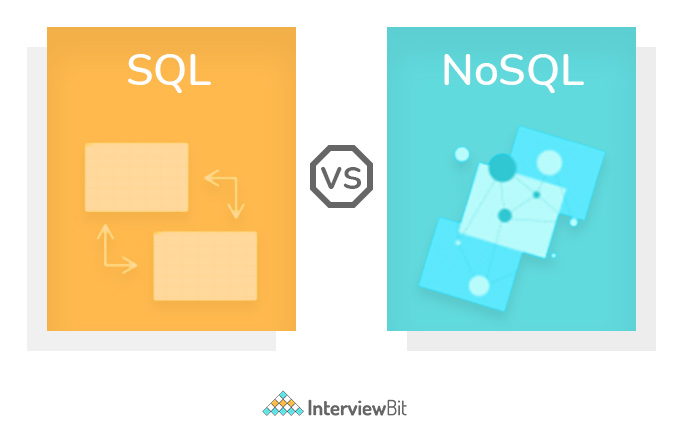
These are two different types of databases (SQL and NoSQL).If you want to get into data analytics, you’ll need to be familiar with — if not proficient in — a number of database languages right away. The first and most important of these is Structured Query Language or SQL for short. Despite the fact that SQL was invented in 1970, it is still in use today. SQL remains the standard method for querying and manipulating data in relational databases in modern analytics. Given that the analytics industry is in a near-constant state of growth and expansion, this may seem paradoxical. Some of the leading data scientists have addressed this, stating, “Why should someone who wants to get a career in data spend time learning this ‘old’ language?” Why not devote all of your time to learning Python/R data analysis abilities such as Deep Learning, Spark, and Scala? While knowing the principles of a more general-purpose language like Python or R is important, failing to learn SQL will make getting a job in data considerably more difficult.”
This makes a valid point. The truth is that SQL is used in businesses all over the world. Its versatility and long-term effectiveness have kept it in high demand among businesses, and its popularity shows no signs of waning anytime soon. If not for its function, then for your job chances, SQL is a must-know. Branded SQL versions, such as MySQL, provide possibilities to learn more about relational database management systems. On the other hand, you should work on honing your skills using NoSQL databases. NoSQL systems, as the name implies, do not organize their datasets along SQL’s relational lines. NoSQL frameworks can effectively structure their data in any way, as long as the method isn’t relational, according to this definition. As a result, pointing to a single structure as the “standard” NoSQL framework is very difficult. However, if you want to get a feel for NoSQL structures, you might want to try out a framework like MongoDB, which organizes its database using flexible hierarchies rather than tabular relations.
Machine Learning and Artificial Intelligence
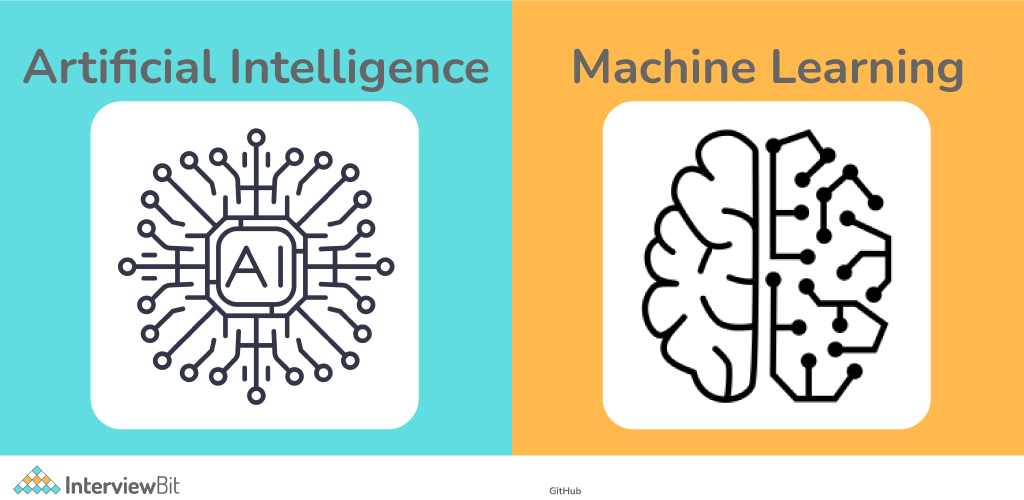
While machine learning isn’t a skill in the same way that data cleansing or learning a programming language is, knowing how to use it can help you stand out in the data analytics job market. As previously indicated, Statista research reveals that artificial intelligence and predictive analytics are now hot investment topics. AI-powered systems can sift through data from hundreds of sources and forecast what works and what doesn’t. It can also delve into your consumers’ data analytics and make predictions about their preferences, product development, and marketing channels. While not all analysts will be working on machine learning projects, having a basic understanding of the tools and concepts might help you stand out from the crowd during your job search.
Mathematical Knowledge
Advanced mathematical skills are required when it comes to data analytics. Some data analysts prefer to major in mathematics or statistics in order to obtain a better understanding of the theory that drives real-world analytical practice during their undergraduate years!
In analytics, two specific branches of mathematical research stand out: linear algebra and calculus. Linear algebra is used in machine learning and deep learning to perform vector, matrix, and tensor operations. Calculus is also used to construct the objective/cost/loss functions that instruct algorithms on how to attain their goals.
Microsoft Excel
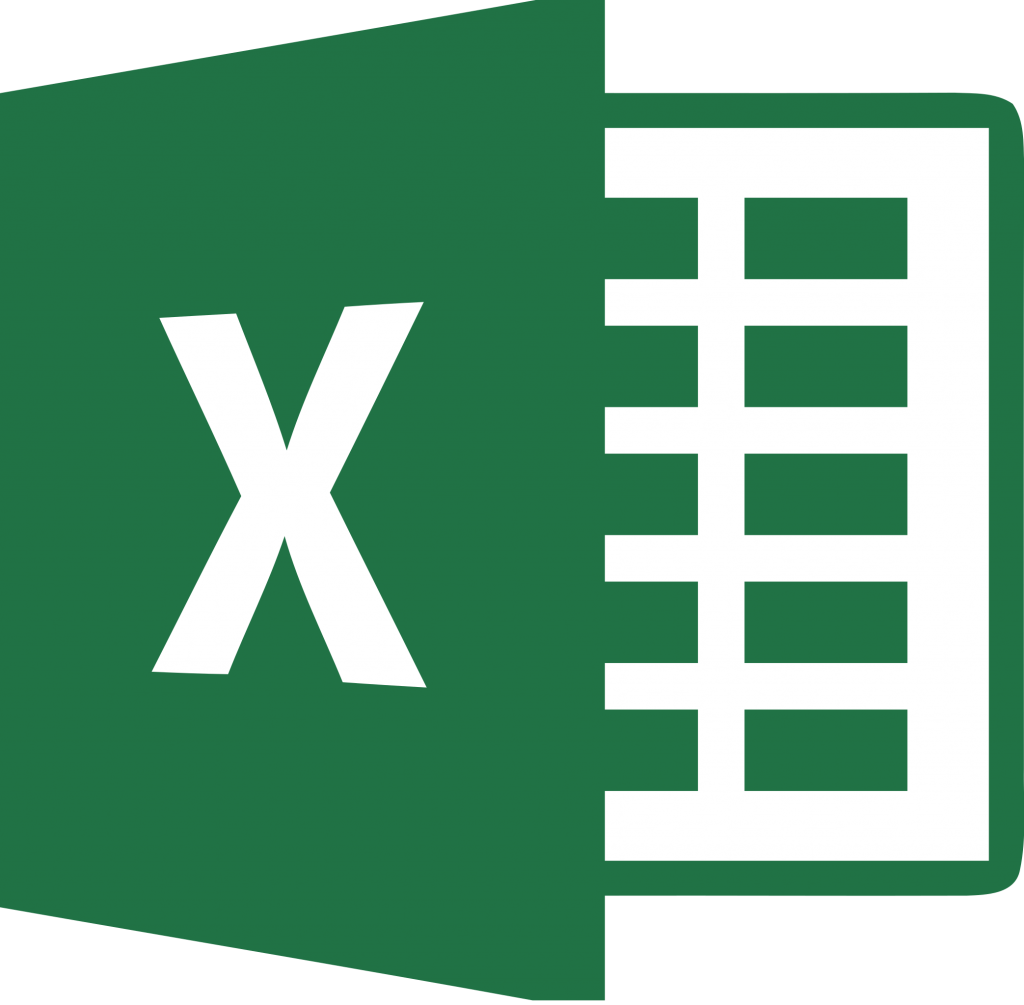
When one considers the substantially more advanced technology data analysts have at their disposal, emphasizing the necessity of Microsoft Excel abilities almost sounds comical. “Mention Excel to techies, and it’s typically rejected with a sniff,” writes Irish business writer Anne Walsh. Excel is clumsy in comparison to other platforms, and this is true. Despite this, Microsoft’s spreadsheet platform is utilized by an estimated 750 million people throughout the world. “Excel skills” is a word that regularly occurs in the credentials section of job postings on sites like Indeed or Monster. Excel is widely used in organizations, despite its apparent low-fi capabilities.
Furthermore, Excel is automating some features and instructions for improved data analysis. VBA, Excel’s own programming language, is used to build macros, which are pre-recorded commands. When used properly, VBA can save human analysts a lot of time on projects that are done often and repetitively, such as accounting, payroll, and project management. Microsoft’s Analysis ToolPak was created with statistical modeling and data analysis in mind as well. “You input the data and settings for each analysis, and the tool employs the relevant statistical or engineering macro functions to calculate and display the results in an output table,” according to the company’s help center. In addition to generating tables, some utilities provide charts.”
Data Analyst Soft Skills
For data analysts, all of the above technical abilities are essential, but technical ability alone will not lead to a successful career. On paper, you could be a fantastic data analyst, but you’ll never be employed. The reason is straightforward: For ambitious data analysts, technical skill isn’t the be-all and end-all. To be successful, data analysts must have a number of softer, non-industry-specific talents. There are just too many to mention in this article, so we’ll concentrate on two key abilities: critical thinking and communication.
Problem Solving
It’s not enough to just look at data; you also need to comprehend it and consider its ramifications beyond the numbers. You can think analytically about data as a critical thinker, discovering patterns and deriving actionable insights and information from the data you have. It necessitates going above and above and applying yourself to thinking rather than just processing.
It can be difficult to develop critical thinking skills, but you can do so by challenging yourself. Try to think about the significance behind the pattern you see the next time you’re faced with an analytical task or exercise. What does the data say about the work that has been done? What flaws does it point out? When preparing for a career in data analytics, don’t neglect the need of honing your critical thinking abilities.
Communication
You must be able to explain your findings to others at the end of the day. It doesn’t matter if you’re the world’s most talented and analytical data analyst; if you can’t convey the patterns you notice to people who don’t have technical knowledge, you’ve failed.
Being a successful data analyst necessitates becoming “bilingual.” You should be able to discuss highly technical issues with your trained colleagues and provide clear, high-level explanations in a way that helps — rather than confuses — business-focused decision-makers. If you can’t, you may still need to improve your data analyst skills.
Conclusion
You may be interested in pursuing a career in data analytics, but you must first acquire the necessary abilities. Examine academic opportunities in your area, including undergraduate and master’s degree programs. Consider enrolling in a data analytics boot camp if you want a faster and more cost-effective solution. These multi-week educational choices allow students to obtain a thorough understanding of the technology discipline of their choosing for a fair fee.
Investigate your educational options and get started on building a solid foundation of data analysis abilities. A world of data analytics is waiting for you!
Frequently Asked Questions (FAQs)
Question: Is it hard to become a data analyst?
Answer: The abilities needed to become a data analyst (which are discussed in detail above) are not difficult to learn. You’ll need enough subject expertise as well as technical skills to query and generate insights from data, thus it’s a never-ending learning process.
Question: What does a data analyst do?
Answer: The data analyst analyses data and acts as a gatekeeper for an organization’s data, ensuring that all stakeholders understand the information and can use it to make smart business decisions. It’s a technical position that necessitates a bachelor’s or master’s degree in analytics, computer modeling, science, or mathematics.
Question: How do I become a Data Analyst?
Answer: If you’re interested in pursuing a career in data science, consider the following steps:
- A bachelor’s degree in an area that emphasizes statistical and analytical skills, such as math or computer science or related fields, is a good place to start.
- Learn the basics of data analytics.
- Certification is something to consider.
- Get your first job as a data analyst.
- A master’s degree in data analytics is a great way to advance your career.
Question: What is data analyst eligibility?
Answer: To work as a data analyst, you must first obtain a Bachelor’s degree, which is required for the majority of entry-level roles. Finance, Economics, Mathematics, Statistics, Computer Science, and Information Management are all relevant fields.


